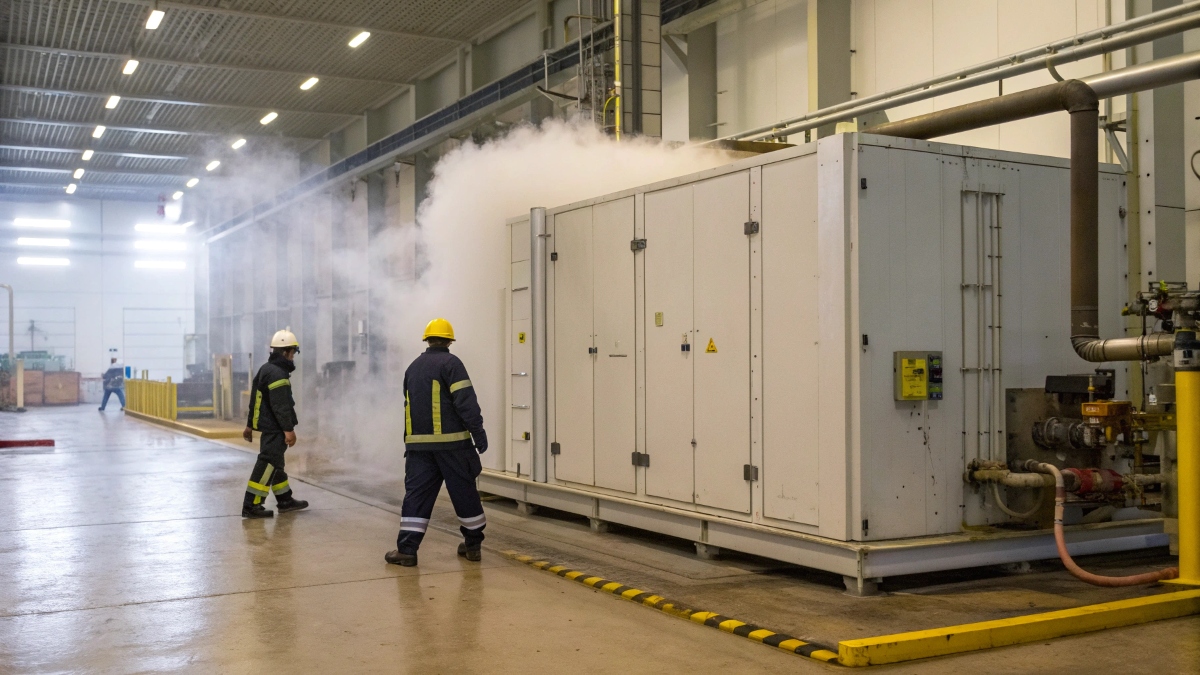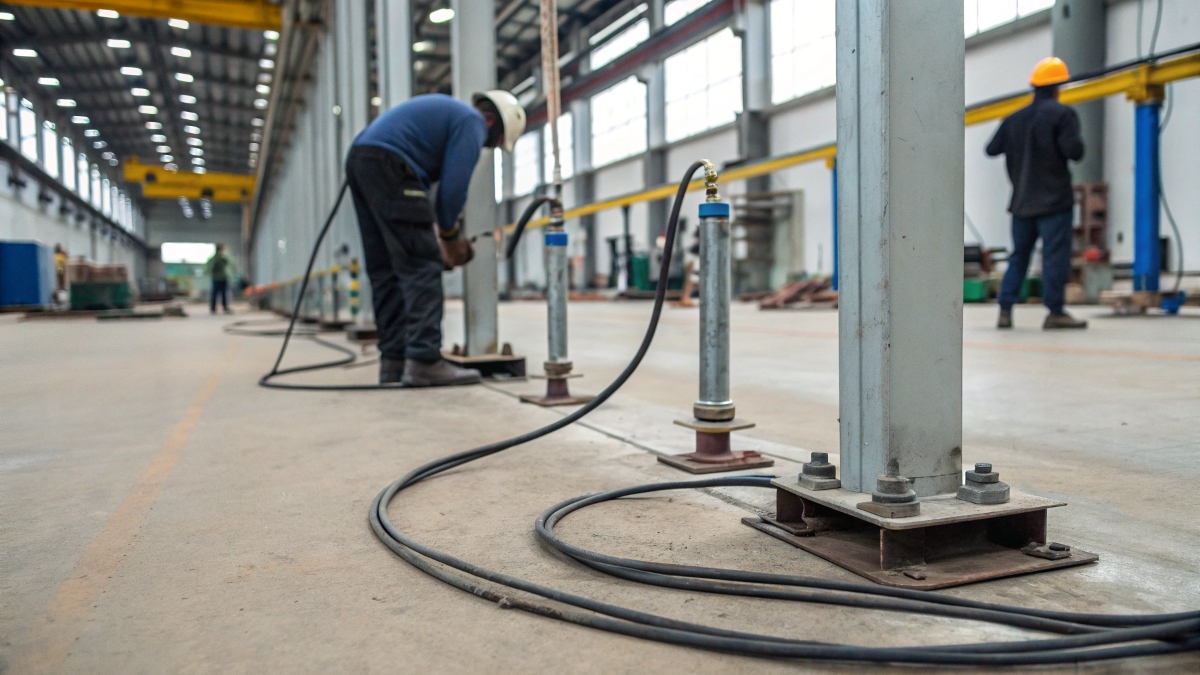When it comes to protecting employees, assets, and operations, gas detection is one of the most critical safety investments any facility manager can make. However, despite its importance, many misconceptions surround gas detection systems and their implementation. These myths can lead to costly mistakes, inadequate safety measures, and unnecessary downtime. Understanding the truth about gas detection will empower you
READ MOREBlog
Blog
Understanding Silane Gas Hazards: Why Silane-Specific Detection Matters for Safety Compliance
Silane gas is a vital compound in the semiconductor, photovoltaic, and electronics manufacturing industries, but it is also one of the most hazardous gases handled in industrial environments. Known for its reactivity and potential to spontaneously ignite upon exposure to air, silane poses serious safety risks if not properly detected and managed. As facilities strive to maintain operational efficiency
READ MOREWhen Pressure Builds: The Hidden Dangers of Aging Equipment
Industrial facilities operate on the backbone of heavy machinery, complex vessels, and critical piping systems. Over decades, these components endure punishing conditions: high temperatures, caustic chemicals, and constant mechanical stress. Left unchecked, this slow, silent degradation can end in catastrophe. For plant operators, engineers, and safety managers, the stakes are high. Reliable gas detection equipment
READ MOREAmmonia Incidents: Why It Keeps Happening and How to Stop It
Ammonia is one of the most widely used industrial chemicals in the world, particularly in food processing and refrigeration. Its efficiency and low environmental impact make it a staple in large-scale refrigeration systems. Yet despite its benefits, ammonia presents a serious safety risk. Even a small ammonia gas leak can cause devastating injuries, costly shutdowns,
READ MOREFlammable Vapors and Static Electricity: Why Your Equipment Needs Grounding
Flammable gas and vapors pose some of the most dangerous risks in industrial and commercial environments. The combination of volatile chemicals, confined spaces, and routine operations can create conditions ripe for disaster when basic safety procedures are overlooked. One of the most overlooked but critical safeguards is grounding equipment to control static electricity. Static buildup
READ MORE




